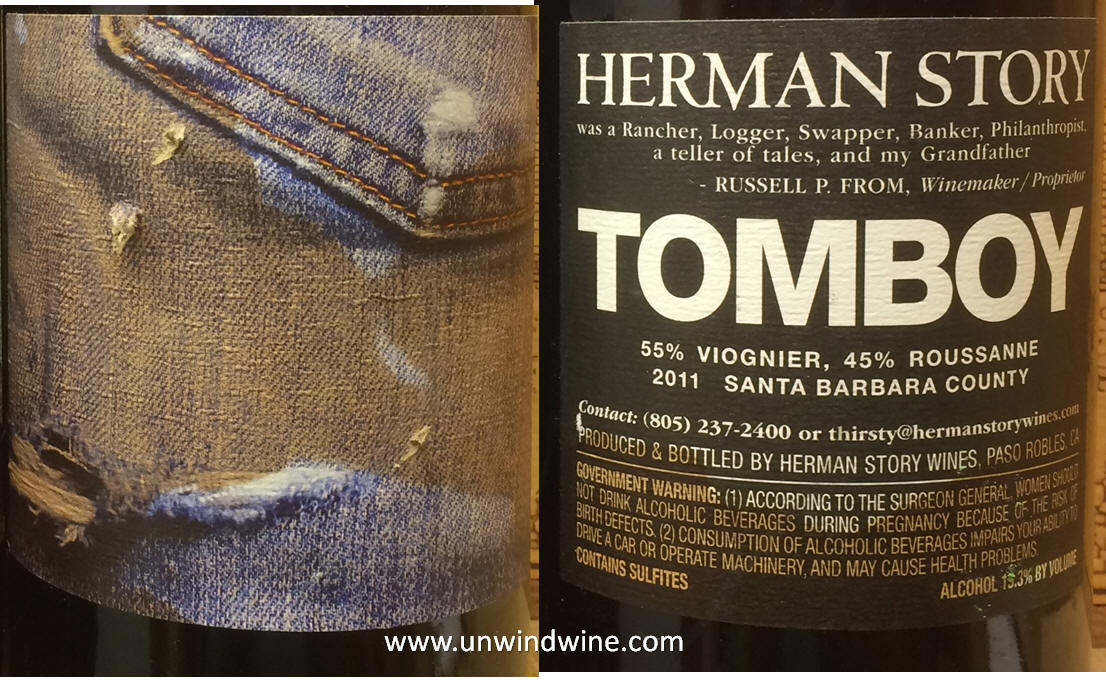Beau Vigne “Persuasion” Chardonnay with Chicken Ciaccatore
We just received our club shipment of “Persuasion” Chardonnay from Napa Valley producer Beau Vigne. Eager to try this new label, Linda prepared Chicken Ciaccatore for dinner for a food wine pairing.
This proved to be a good pairing of the bold expressive Chardonnay with the Herbes de Provence, oregano and rosemary spices with tomatoes, mushrooms and wild rice of the chicken dish.
We have featured in these pages several Beau Vigne big reds from this emerging, interesting Napa producer, who produces a wide portfolio of wines from estate and contract growers, and purchased lot sources. This is our first introduction to a white, in this just released Napa Valley Chardonnay.
If the pedigree of the winemaker says anything, then Beau Vigne is in a distinguished class with 100-point winemaker Julien Fayard (Lafite Rothschild, Smith Haut Lafitte, Melka, Quintessa, Realm, Covert Estate), and where Dave Phinney was the founding winemaker! Note also, the collaboration with Philippe Melka, and contribution of another of our fav’s, winemaker Kirk Venge.
I featured Beau Vigne in detail in a more extensive blogpost last summer - Beau Vigne Napa Valley Proprietary Red, and several other blogposts such as the one’s below.
The producer writes - “Our Napa Valley winery is devoted exclusively to making influential luxury Cabernet Sauvignon and Cabernet Sauvignon Blends. Taking inspiration from our founding winemaker Dave Phinney who sought out to make red wines that would compete with the greatest wines of the world. This tradition was enhanced by the addition of winemaker Kirk Venge in 2008 through 2018/19 who obtained a perfect 100 Points from Robert Parker’s Wine Advocate. Present-day winemaking is now in the hands of Julien Fayard who hails from the legendary first growth Château Lafite-Rothschild and Atelier Melka before becoming the brilliant up and coming new winemaker in Napa Valley.”
Beau Vigne was taken over by Charles Bartlett when he purchased the brand in 2019 with the intent to carry on the dream created by Ed and Trish Snider, whom he has known for many years. Charles has worked in Napa since the late 1970s and has built a successful wine trading company, working with many of the top names in the mountain AVAs.
Bartlett hired Julien Fayard to establish and oversee modern practices in the vineyard and in the cellar. The release of beau Vigne CULT Cabernet Sauvignon, beacme one of Napa Valley’s most acclaimed labels with year-over-year 93 to 98 points from critics. Beau Vigne continues the tradition of hand-harvested grapes planted and grown on Atlas Peak, the Pritchard Hill region and other viticultural areas of Napa Valley including Howell Mountain, Oakville and Rutherford.
We featured other tastings from the Beau Vigne portfolio in these other earlier blogposts:
https://unwindwine.blogspot.com/2022/10/beau-vigne-reserve-proprietary-red-wine.html
https://unwindwine.blogspot.com/2022/10/beau-vigne-proprietary-red-byob-at.html
In 2018, they sold Beau Vigne to Don Dady and Jason Kyle from Arizona. Jason was a former NFL football player, a long snapper for five different teams including the San Francisco 49ers. In addition to his wine interests, Jason is co-owner of Press Coffee Roasters with locations in Arizona. Partner Dady is co-founder of Annexus, a financial company in Scottsdale and also owns Seven Apart Winery in Napa Valley just north of the city of Napa.
Originally from France, Julien began his career as a winemaker producing quality rosé at his family’s winery in Provence. He worked at legendary Chateaux Lafite Rothschild and Smith Haut Laffite in Bordeaux before relocating to Napa Valley where he was Philippe Melka’s director of winemaking for a few years before setting out on his own.
Recently, Beau Vigne became part of a select collection of vintners represented at Vintner’s Collective, the city of Napa’s oldest collective tasting room. They showcase wines from an elite group of premier Napa Valley producers who do not have their own tasting rooms. Select bottlings and vintages of Beau Vigne are available for tasting and purchase there.
 Beau Vigne bottles wines under three different brands; the Legacy Series, the Signature Series and the Discovery Series. This new release is from their “new expressions” Discovery Series.
Beau Vigne bottles wines under three different brands; the Legacy Series, the Signature Series and the Discovery Series. This new release is from their “new expressions” Discovery Series. 

























